
European electric car slashed nearly $20,000: Cupra Born in run-out with huge offers for MG4 hatch, Tesla Model 3 and Polestar 2 alternative
The Volkswagen Group’s first electric car to arrive in Australia is now being...
Browse over 9,000 car reviews

Before you go believing whatever your carmaker said about the self-driving capabilities of your vehicle, stop and remember just what a monumental mess occurred on the track for the Abu Dhabi Autonomous Racing League’s inaugural race this year.
No, your car is not really autonomous. At best it has advanced adaptive cruise control that works in combination with its steering and sensors that detect other vehicles. Yes, there’s autonomous emergency braking, which can detect pedestrians, cyclists and cars, but the key word is ‘emergency’ and it's not going to replace your brake pedal any time soon.
And that’s the point, our real-world highways and streets are so unpredictable because of the infinite number of variables thrown up by other road users that autonomous tech is unlikely to master driving to the point of human capabilities any time soon, despite what Elon Musk and others might want you to believe.
An excellent case-in-point for this is the inaugural event held by the Abu Dhabi Autonomous Racing League in April this year. Billed as a “ground breaking event” and watched by 10,000 spectators at the Yas Marina Formula 1 Circuit, this was supposed to be the first fully autonomous car race at an international level with almost $4M in prize money.
Eight teams of coders and engineers from the United States, Germany, China, UAE, Italy, Singapore and Hungary provided the algorithms and machine learning systems for the F1-style racing cars provided by Italian motorsport manufacturer Dallara. The 2023 Dallara Super Formula Chassis with a 2.0-litre four cylinder turbo petrol engine making 405kW was used by all teams.
The expectations were extremely high for a good race and most importantly a display of how far autonomous tech had come and how it’d surprise and delight us, like the future just turning up unannounced on your doorstep looking for a place to stay.
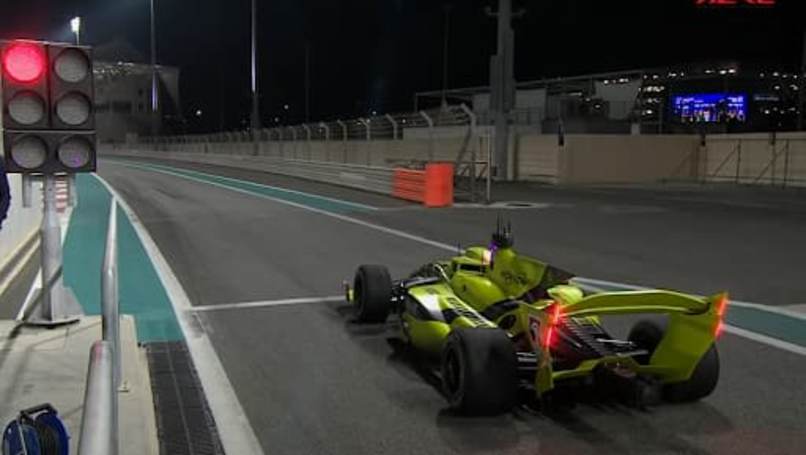
What could go wrong? The level of brain power and expertise from around the world was immense and it was all taking place at Abu Dhabi’s super-modern Yas Marina circuit — a controlled environment with an almost perfect surface, wide and with edges so clearly marked they dazzle.
The first warm-up demonstration was encouraging, sort of. One of the autonomous cars ‘raced’ former Toro Rosso F1 driver Daniil Kvyat who piloted a Dallara himself. It was no competition — quite literally. The autonomous car was beaten by Kvyat and could only overtake the human when he drove off the racing line very slowly.
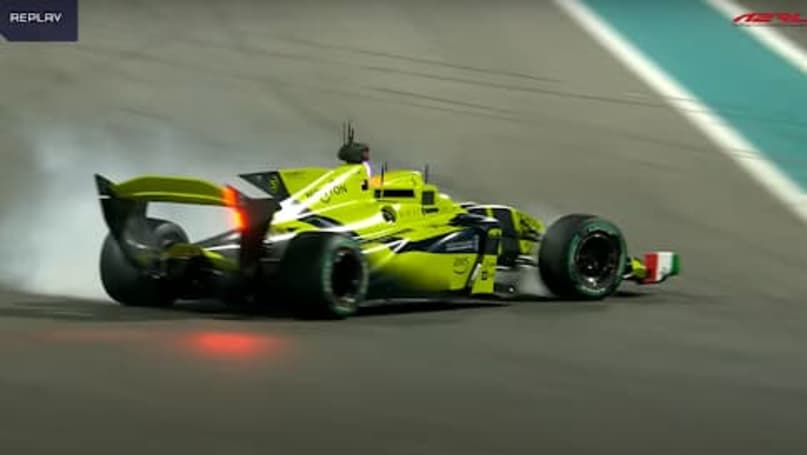
A second display was designed to show how two autonomous race cars could attack and defend against each other for position around the circuit, but the trailing car ran into the back of the lead car and caused both to come to a stop.
The pre-qualifying round was a non-event with several cars of the field of eight just stopping as though they were lost and asking for directions, while a couple speared themselves into a walls on a perfectly straight piece of track as though they had seen an imaginary corner, and others experienced brake lock-ups causing them to spin or miss turns.

Things were not looking good for the actual race, which when it finally did happen, began with a rolling start of only four cars. The first three laps of the eight-lap race were held under safety car conditions with the back car getting lost towards the end of the third lap and stopping.
Seeing the back car stop caused the third place car to also come to a halt while the two cars up ahead continued slowly around. By lap four racing began again but only briefly before the lead car locked its brakes coming into a corner and spun out. It was passed by the car behind it, but the back two slowed to a full stop.
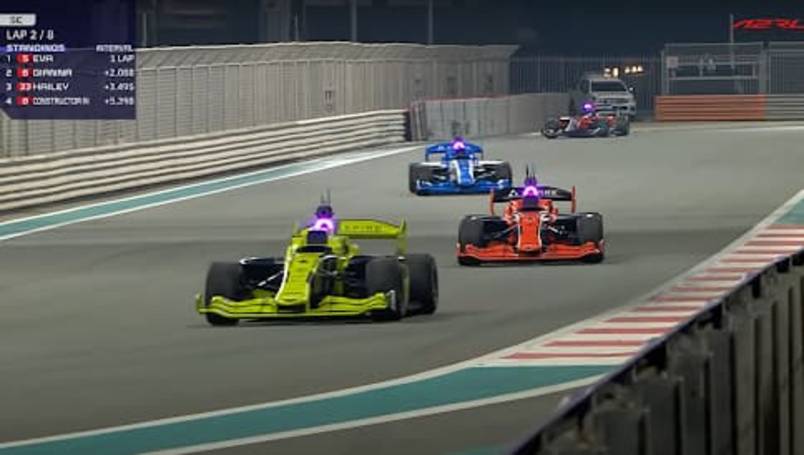
Only one car was now moving around the track, albeit at a pace so slow that just watching it made viewers become aware of the aging process, in real time. Still as the only car now in motion it was its race to lose, until it came onto the main strait where the three other cars had stopped and it too painfully slowly came to rest in the centre of the track refusing to pass them. The race was red flagged. Nobody finished.
It would be easy to say that autonomous cars lost and humans won. But gloating only shows an ignorance for the level of technology needed to even have these cars pilot themselves autonomously using artificial intelligence. Remember they aren’t remotely controlled but self-controlled and we all know that given enough time the tech will be able to master a race track to the point where there will undoubtedly be proper wheel-to-wheel racing.
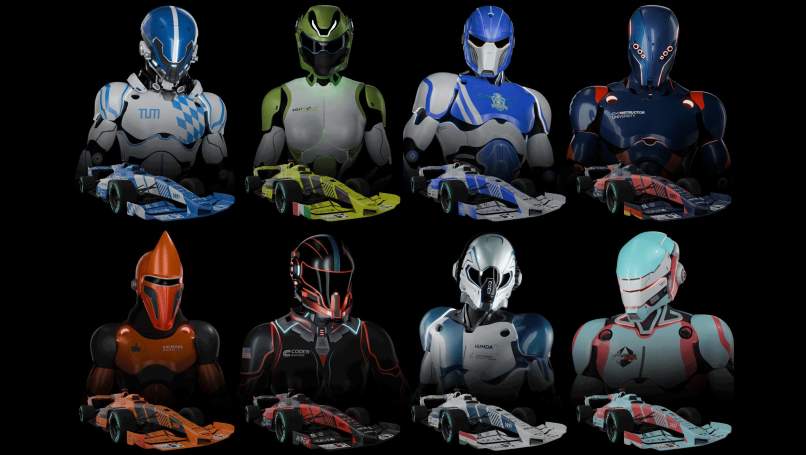
But a track is different from the busy main street in your suburb, where any number of unpredictable events can happen. Events like: kids chasing each other down the footpath; a car reversing out of a driveway; a tradie jumping out of their ute while looking at their phone; a learner driver trying to parallel park; a food delivery person on a bike glancing over their left shoulder.
All these events can happen all at once and they might be non-events or result in an accident, causing injury or even death. And if you drive often enough just reading through that list will fire impulses of all possible outcomes in your brain within a millisecond because of learned experience and also an instinctual understanding of human behaviour. Everybody who drives makes all of these risk assessments hundreds of times a minute and most of the time accidents are avoided. That’s impressive and we don’t get ourselves enough credit for it.
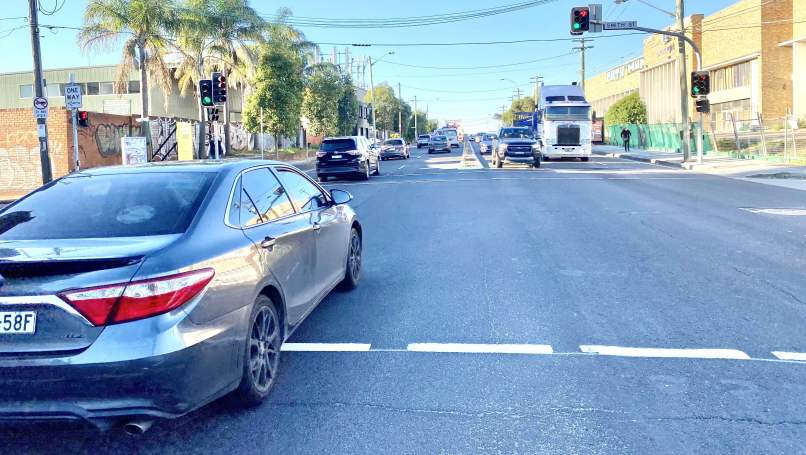
Technology could get to the point where learned experience gives autonomous cars better risk assessment capabilities and the ability to react accordingly, but an instinctual understanding of human behaviour is much more difficult to master, unless you’re a human.
That’s the long way of letting you down about your so-called self driving car, which are indeed very clever, but not as clever as you.
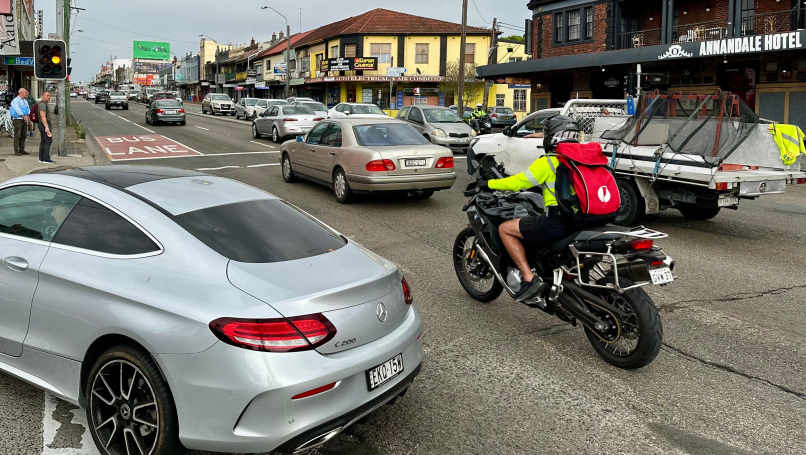
Comments